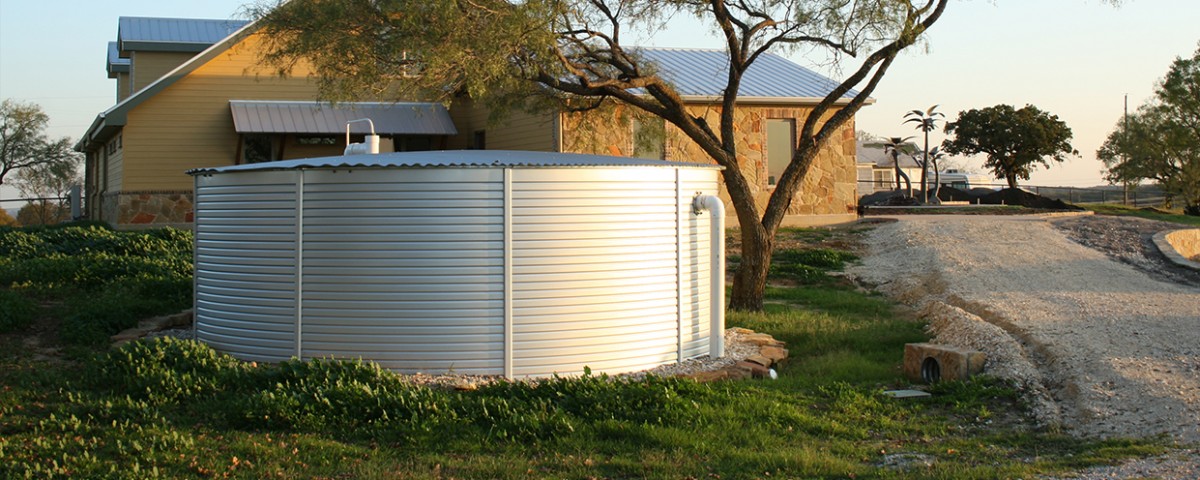Because water is a precious resource, everybody wants to do their part in conserving it. As a result, certain incentives are offered to promote conservation. If you have a water tank installed in your home or property, you may be able to receive a rebate or grant for making the upgrade in Australia.
Some Notable Statistics
For example, 2011 statistics show that 141,104 households have already taken advantage of tank rebates in New South Wales (NSW) alone. These rebates included the NSW Home Saver Rebates that were given for dual flush toilets, rainwater tanks, and other sustainable fixtures and appliances. Per 2011 figures, about one out of every three rainwater tanks established in NSW were used to supply water to washing machines. This is a significant improvement as one in six rainwater tanks were used for the same purpose in 2007.
In Queensland in Australia, statewide water tank rebates have ended. However, certain councils are still offering their own incentive programmes. The Living Victoria Water Rebate Programme also ended in 2015. This programme provided rebates for small businesses and households for their efforts in water conservation. Some of the products that were included for the water tank rebate in VIC included shower heads, water tanks, garden products, and dual flush toilets.
In order to obtain an update on water conservation rebates in Australia, you need to contact your local authorities to see if rebates are still offered in your specific area. Regardless of the current stance of officials in your area, you still need to consider the use of a water tank for your business or home.
Reducing the Demand on Drinking Water
For example, rainwater tanks reduce the harm done to waterways from an overabundance of storm-water. The water that accumulates in tanks can be used to wash clothes, flush toilets, and water gardens. Therefore, use of the tanks substantially reduces the demand on drinking water.
Rainwater tanks work by collecting stormwater runoff, usually from roofs, thereby reducing the amount of water that collects in waterways. The tanks are fitted with an overflow component. So, if a tank is full, the additional water is directed to a drainage system. The tanks that are designed solely for watering gardens are not as elaborate as the tanks used for flushing toilets.
The main benefit associated with a rainwater tank is the minimisation of water usage, whether the tank is being used for a toilet, garden, or laundry. A tank also reduces the strain placed on drainage systems. In addition, tanks retain water close to the source, and reduce flood peaks and site run-offs.
You can optimise the amount of water that a rainwater tank captures by making sure that your downpipes, roof, and tank location are properly configured. The roof surface should be suitable for collecting water, and the gutters should be maintained and regularly cleaned. It helps to install a leaf stopper for this purpose. You will also want to light-proof the tank and plumbing to minimise the growth of algae. When installing a tank, remove any overhanging branches and make sure screens are installed on all of a tank’s inlets, vents, and outlets.



